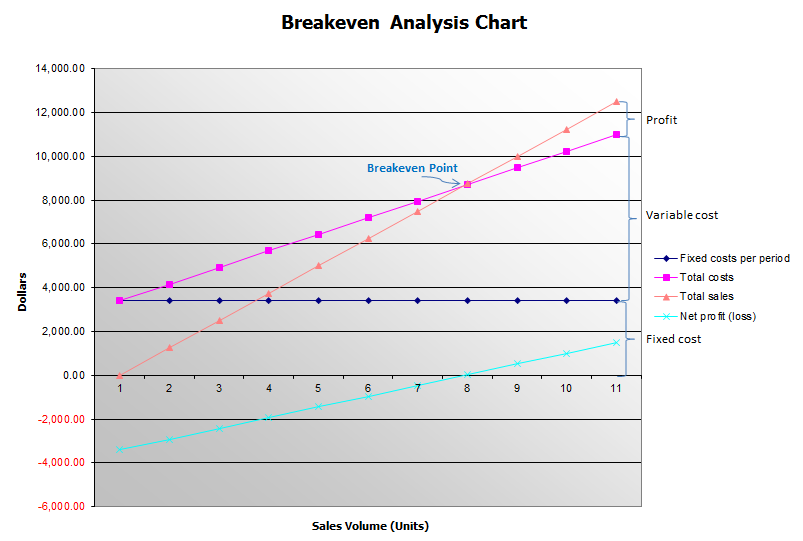1. Why did Berkshire under Buffett do so well?
Only four large factors occur to me:
(1) The constructive peculiarities of Buffett,
(2) The constructive peculiarities of the Berkshire system,
(3) Good luck, and
(4) The weirdly intense, contagious devotion of some shareholders and other admirers, including some in the press.
I believe all four factors were present and helpful. But the heavy freight was carried by
- the constructive peculiarities,
- the weird devotion, and
- their interactions.
In particular, Buffett’s decision to limit his activities to a few kinds and to maximize his attention to them, and to keep doing so for 50 years, was a lollapalooza. Buffett succeeded for the same reason Roger Federer became good at tennis.
Buffett was, in effect, using the winning method of the famous basketball coach, John Wooden, who won most regularly after he had learned to assign virtually all playing time to his seven best players. That way, opponents always faced his best players, instead of his second best. And, with the extra playing time, the best players improved more than was normal.
And Buffett much out-Woodened Wooden, because in his case the exercise of skill was concentrated in one person, not seven, and his skill improved and improved as he got older and older during 50 years, instead of deteriorating like the skill of a basketball player does.
Moreover, by concentrating so much power and authority in the often-long-serving CEOs of important subsidiaries, Buffett was also creating strong Wooden-type effects there. And such effects enhanced the skills of the CEOs and the achievements of the subsidiaries.
Then, as the Berkshire system bestowed much-desired autonomy on many subsidiaries and their CEOs, and Berkshire became successful and well known, these outcomes attracted both more and better subsidiaries into Berkshire, and better CEOs as well.
And the better subsidiaries and CEOs then required less attention from headquarters, creating what is often called a “virtuous circle.”
2. What were the big mistakes made by Berkshire under Buffett?
Well, while mistakes of commission were common, almost all huge errors were in not making a purchase, including not purchasing Walmart stock when that was sure to work out enormously well. The errors of omission were of much importance. Berkshire’s net worth would now be at least $50 billion higher if it had seized several opportunities it was not quite smart enough to recognize as virtually sure things.
3. The next to last task on my list was: Predict whether abnormally good results would continue at Berkshire if Buffett were soon to depart.
The answer is yes.
Berkshire has in place in its subsidiaries much business momentum grounded in much durable competitive advantage.
Moreover, its railroad and utility subsidiaries now provide much desirable opportunity to invest large sums in new fixed assets. And many subsidiaries are now engaged in making wise “bolt-on” acquisitions.
Provided that most of the Berkshire system remains in place, the combined momentum and opportunity now present is so great that Berkshire would almost surely remain a better-than-normal company for a very long time even if:
(1) Buffett left tomorrow,
(2) his successors were persons of only moderate ability, and
(3) Berkshire never again purchased a large business.
But, under this Buffett-soon-leaves assumption, his successors would not be “of only moderate ability.” For instance, Ajit Jain and Greg Abel are proven performers who would probably be under-described as “world-class.”
“World-leading” would be the description I would choose. In some important ways, each is a better business executive than Buffett.
And I believe neither Jain nor Abel would
(1) leave Berkshire, no matter what someone else offered or
(2) desire much change in the Berkshire system.
Nor do I think that desirable purchases of new businesses would end with Buffett’s departure. With Berkshire now so large and the age of activism upon us, I think some desirable acquisition opportunities will come and that Berkshire’s $60 billion in cash will constructively decrease.
4. My final task was to consider whether Berkshire’s great results over the last 50 years have implications that may prove useful elsewhere.
The answer is plainly yes.
In its early Buffett years, Berkshire had a big task ahead: turning a tiny stash into a large and useful company. And it solved that problem by avoiding bureaucracy and relying much on one thoughtful leader for a long, long time as he kept improving and brought in more people like himself.
Compare this to a typical big-corporation system with much bureaucracy at headquarters and a long succession of CEOs who come in at about age 59, pause little thereafter for quiet thought, and are soon forced out by a fixed retirement age.
I believe that versions of the Berkshire system should be tried more often elsewhere and that the worst attributes of bureaucracy should much more often be treated like the cancers they so much resemble. A good example of bureaucracy fixing was created by George Marshall when he helped win World War II by getting from Congress the right to ignore seniority in choosing generals.
Ref:
http://www.berkshirehathaway.com/letters/2014ltr.pdf

